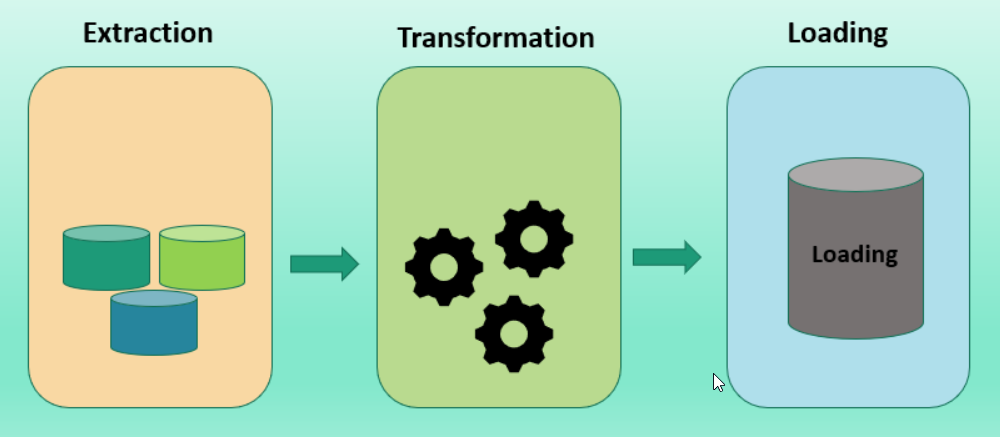How to Choose the Right ETL Tool for Your Data Migration Project
Data migration is a critical process for businesses looking to maintain, upgrade, or transform their digital systems. At the heart of this process is the ETL (Extract, Transform, Load) tool, which facilitates the movement of data from one system to another. Choosing the right ETL tool can make the difference between a smooth transition and a logistical nightmare. Here’s a comprehensive guide to help you make an informed decision.
1. Understand the Basics of ETL
Before diving into the selection process, it’s essential to understand what ETL is. ETL stands for:
- Extract: This is the process of retrieving data from various sources.
- Transform: Here, the extracted data is cleaned, enriched, and converted into a format suitable for the target system.
- Load: This involves transferring the transformed data into its new destination.
2. Assess Your Data Migration Needs
Every organization’s data migration needs are unique. Consider the following:
- Volume of Data: Some tools are better suited for large datasets, while others are optimized for smaller ones.
- Data Complexity: Understand the intricacies of your data. Do you have structured data like SQL, or unstructured data like emails and documents?
- Integration Points: Consider how many systems you’ll be integrating. Some tools excel at integrating multiple systems, while others are designed for more straightforward migrations.
3. Consider the ETL Tool’s Features
Look for these essential features:
- Connectivity: Ensure the tool can connect to both your source and target systems.
- Scalability: As your business grows, your data migration needs might change. Choose a tool that can scale with you.
- Data Quality Tools: These help in cleaning and validating data, ensuring accuracy.
- Real-time Processing: For businesses that need up-to-the-minute data, real-time processing is crucial.
- Error Handling: The tool should be able to manage errors efficiently, ensuring minimal data loss.
4. Evaluate the User Experience
A tool can have all the features in the world, but if it’s not user-friendly, it can slow down your migration process. Look for:
- Intuitive Interface: Even non-tech team members should be able to navigate the tool.
- Good Documentation: Comprehensive guides and tutorials can make the migration process smoother.
- Support and Community: A strong community and responsive support can be invaluable, especially when you run into issues.
5. Think About the Future
Data migration isn’t always a one-time process. Consider:
- Updates and Maintenance: How often is the tool updated? Regular updates can mean better features and security.
- Cost: Think about both the immediate and long-term costs. Some tools might offer attractive initial rates but could be expensive in the long run.
6. Test Before You Commit
Before finalizing your decision:
- Take Advantage of Trials: Most ETL tools offer trial versions. Use this opportunity to test the tool in a real-world scenario.
- Check Reviews: Look for reviews from businesses similar to yours. They can offer insights that you might not have considered.
Conclusion
Choosing the right ETL tool for your data migration project is a decision that requires careful consideration. By understanding your needs, evaluating features, considering user experience, and thinking about the future, you can select a tool that not only meets your immediate requirements but also serves you well in the long run. Remember, the right tool can make your data migration journey efficient, accurate, and hassle-free.









